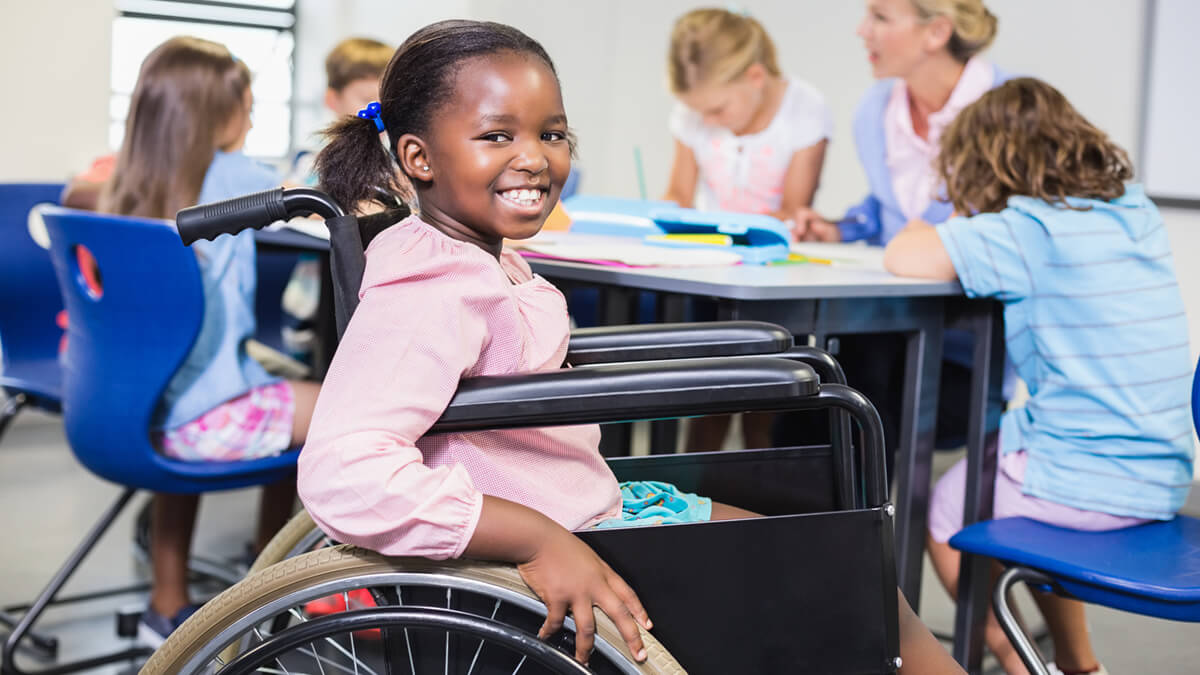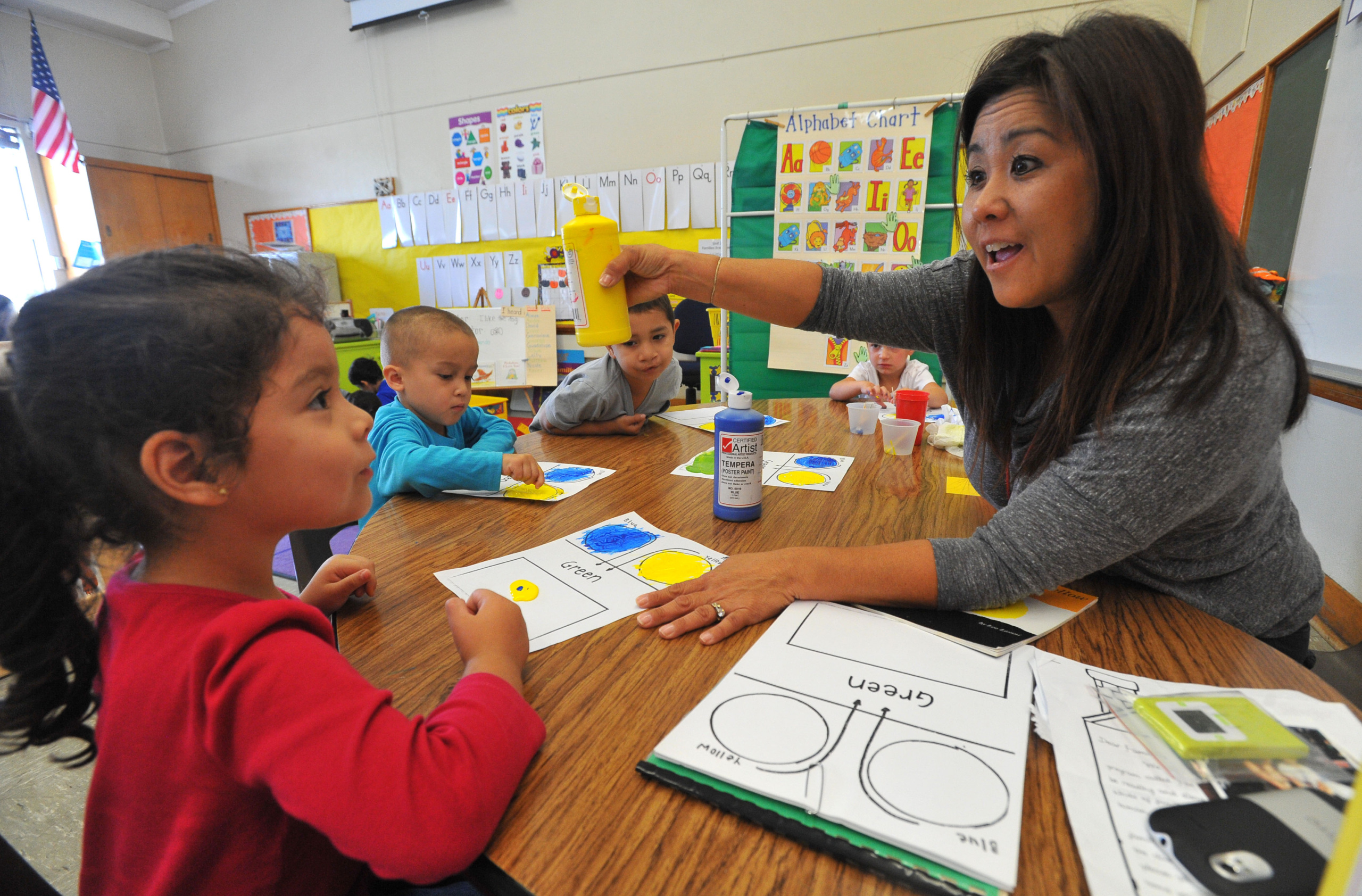Every student deserves a chance to shine, and that includes students with disabilities. At kienhoc.vn, we believe in creating inclusive learning environments where all students can thrive. This article explores effective strategies and resources for teaching students with disabilities, empowering educators to make a positive impact on their educational journeys.
Understanding Disabilities
Different Types of Disabilities
Disabilities come in many different forms, just like superpowers! Some students might have trouble with learning, like reading or math. This is called a learning disability.
Others might have physical disabilities that make it hard to move around or do certain things. And some students might have difficulties with communication or social skills.
Meeting Individual Needs
It’s important to remember that every student with a disability is unique. What works for one student might not work for another. That’s why teachers need to be flexible and creative in their approach.
They need to get to know each student and figure out the best ways to help them learn and grow. It’s like solving a puzzle, but the reward is seeing students succeed!
| Disability Category | Examples |
|---|---|
| Learning Disabilities | Dyslexia, Dyscalculia, ADHD |
| Physical Disabilities | Cerebral Palsy, Muscular Dystrophy, Spina Bifida |
| Communication Disorders | Autism Spectrum Disorder, Speech Impairments, Language Delays |

Creating an Inclusive Classroom
Welcoming Diversity
An inclusive classroom is like a big party where everyone is invited and feels welcome! It’s a place where students with disabilities can learn and have fun alongside their friends without disabilities. To learn more about Special Education Week, check out our article on celebrating and participating in Special Education Week.
Teachers play a big role in making classrooms inclusive. They need to create a friendly and supportive environment where everyone feels valued and respected. It’s like building a team where everyone has something special to contribute!
Setting Clear Expectations
Just like in a game, everyone needs to know the rules to play fair. In an inclusive classroom, teachers set clear expectations for behavior and learning. This helps all students understand what is expected of them and how to succeed.
Teachers also provide support and accommodations to students with disabilities. This might include things like extra time on tests, preferential seating, or using assistive technology. It’s like giving everyone the tools they need to play the game at their best!
Collaboration and Teamwork
In an inclusive classroom, everyone works together as a team. Teachers, students, and parents all play a part in creating a positive learning environment. Interested in learning more about students with special needs? Explore our article on special needs students.
- Teachers collaborate with special education teachers and other professionals to develop individualized education plans (IEPs) for students with disabilities. These plans outline the specific goals and supports that each student needs to succeed.
- Students work together on projects and activities, learning from and supporting each other. This helps build friendships and understanding.
- Parents communicate with teachers and school staff to ensure their child’s needs are being met.

Effective Teaching Strategies
Multi-Sensory Learning
Imagine learning with your whole body, not just your brain! That’s what multi-sensory learning is all about. It means using different senses, like sight, touch, hearing, and even movement, to learn new things. For students with disabilities, this can be a game-changer.
For example, instead of just reading about the rainforest, students might build a model of it with clay, listen to rainforest sounds, and even pretend to be animals that live there. This makes learning more fun and helps students remember information better. To discover more about teaching strategies for special needs students, explore our article on teaching strategies for special needs students.
Visual Supports
Pictures and visual aids can be powerful tools for students with disabilities. They can help students understand instructions, stay organized, and communicate their needs. Think of them like little helpers that make learning easier.
Some examples of visual supports include picture schedules, graphic organizers, and social stories. These can be used to break down tasks into smaller steps, show the sequence of events, and explain social situations. Want to learn more about creating an inclusive classroom? Check out our article on creating an inclusive classroom for students with disabilities.
Positive Reinforcement
Everyone loves a good high-five or a pat on the back! Positive reinforcement is all about rewarding students for their efforts and successes. This helps them feel good about themselves and motivates them to keep learning.
Rewards can be anything from verbal praise and stickers to extra playtime or a special privilege. The key is to find what works best for each student and to use it consistently.
| Positive Reinforcement Strategies | Examples |
|---|---|
| Verbal Praise | “Great job!”, “You’re doing awesome!”, “I’m proud of you!” |
| Tangible Rewards | Stickers, small toys, certificates |
| Privileges | Extra playtime, choosing an activity, being the line leader |

Assistive Technology and Resources
Tech Tools for Learning
Technology can be a superhero for students with disabilities! There are all sorts of cool gadgets and software that can help them learn and participate in class. These tools are like having special powers that make learning easier and more fun.
For example, students who have trouble reading might use text-to-speech software that reads aloud to them. Students with writing difficulties might use speech-to-text software that types what they say. And students with physical disabilities might use adaptive keyboards or switches to control their computers.
Helpful Resources for Everyone
There are many resources available to help teachers, parents, and students with disabilities. These resources can provide information, support, and training. It’s like having a whole team of experts cheering you on!
Schools often have special education departments that can provide individualized support and services. There are also many national and local organizations that offer resources and advocacy for people with disabilities. And don’t forget about the power of the internet! There are countless websites and online communities where you can find information and connect with others.
Building a Support Network
It’s important for students with disabilities to have a strong support network. This might include their family, friends, teachers, therapists, and other professionals. Having people who believe in you and encourage you can make a big difference!
Support groups and mentorship programs can also be helpful. These provide opportunities for students to connect with others who understand their challenges and can offer advice and encouragement. It’s like having a whole team of cheerleaders on your side!

Final Thought
Teaching students with disabilities is a rewarding journey that requires empathy, creativity, and a commitment to inclusivity. By implementing effective strategies, utilizing assistive technology, and fostering a supportive classroom environment, educators can empower students with disabilities to reach their full potential and achieve their academic goals.



